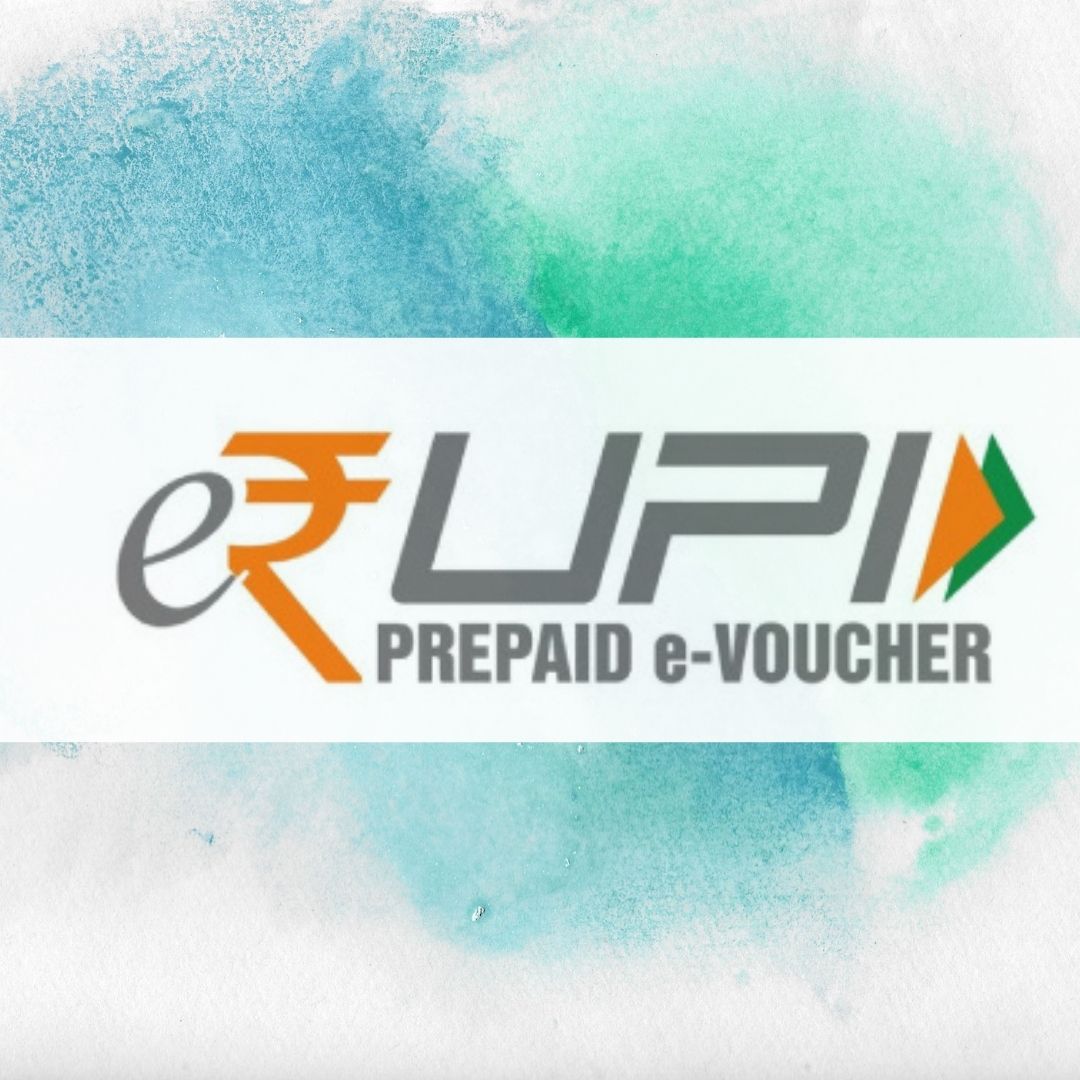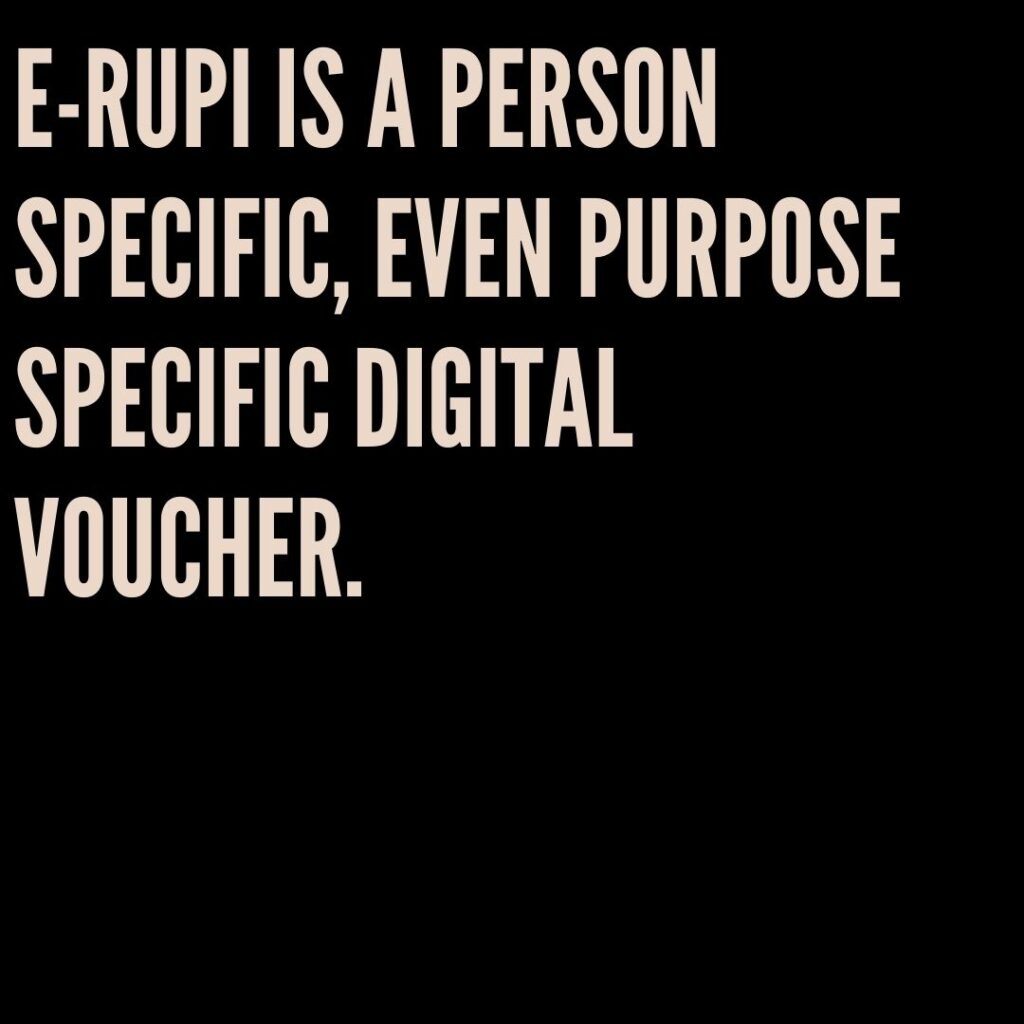e-Rupi – Voucher Based Cardless Digital Solution | Quasi Cryptocurrency
- 19 August 2021 | 1091 Views | By Abhinav Mishra

e-Rupi is a combination of a digital solution aiming towards connecting social needs to safe transactions. It is an initiative by the National Payments Corporation of India (NPCI) in association with Department of Financial Services (DFS), National Health Authority (NHA), Ministry of Health and Family Welfare (MoHFW).
This currency relies on a one-time payment mechanism and doesn’t require any digital card, smartphone application, or internet banking.
In this article, we shall explore more about the basics of e-Rupi and how it works.
Indian people talk a lot about how advanced they are in terms of payments. Indeed, with Paytm and UPI payment, the country has progressed a lot with respect to ease of payments. However, only a section of society has advanced in the last three to five years.
A decade back, a large population of India did not have a bank account. With Pradhan Mantri Jan Dhan Yojana, over 28 crore Indians got access to the bank account (July 2021). However, there are still over 19 crore people who are unbanked Indians in the country. The government is unable to open a bank account for them as they will find it tough to use the service.
To provide financial services to every citizen of the country, the Government of India has launched e-RUPI.
What is e-RUPI?
e-RUPI is an e-voucher that will be delivered to you as a QR code and SMS-string-based voucher. If you have an e-RUPI, you can show the QR code or SMS to the merchant, who will scan your QR code. A verification code will be generated and sent to your mobile number after the scan. Once you share the code with the merchant, the payment will be successful.
e-RUPI vouchers are person and purpose-specific. It means, if the government releases e-RUPI for vaccination, it can only be redeemed for that. You do not need any credit or debit card, mobile app, or internet connection to complete a transaction. Since e-RUPI is independent of all the above, it can be used by all the citizens of India, including the rural population.
Any corporation or government agency can generate e-RUPI vouchers via their partner banks. The partner banks are State Bank of India, Punjab National Bank, HDFC Bank, Axis Bank, Canara Bank, IndusInd Bank, ICICI Bank, and Bank of Baroda. The purpose for which the vouchers are being generated needs to be specified to the bank by the agency
e-RUPI is created and developed by the National Payments Corporation of India (NPCI), Ministry of Health and Family Welfare, Department of Financial Services, and National Health Authority.
Is e-RUPI a digital currency?
The answer to this question is “No. It is a one-time use digital voucher.
A lot of people are comparing e-RUPI with digital currency and even cryptocurrency. However, one should not go into the comparisons as e-RUPI is different from anything that currently exists. You can think of it as India’s first step towards digital currency and establishing a digital economy but completely different.
Perhaps the only similarity between cryptocurrencies and e-RUPI is that both aim at reaching the unbanked population. However, the approach is different. e-RUPI is centralized, while cryptocurrencies are distributed and decentralized. Most digital currency, including cryptocurrency, uses blockchain technology, while e-RUPI uses the UPI system.
If you need to draw an analogy, the best would be e-vouchers generated online. It is most similar to Amazon vouchers. Just like an Amazon gift voucher you have can only be used on the Amazon site, similarly, e-RUPI can only be used for the purpose it was issued.
How will e-RUPI be used?
There are a lot of people in the country who do not have a bank account. Even if they have, accessing funds is a challenge for them for a number of reasons. Earlier, the government was providing benefits to them through middlemen. Everyone knows 100% benefits never reached the end-user when middle-men are in the picture.
The government has launched e-RUPI to ensure a leak-proof mechanism of welfare services. E-RUPI will be used to deliver services under various schemes. Some of the schemes identified by the government are – nutritional and drug support under Mother and Child welfare schemes, drugs and diagnostics under schemes like Pradhan Mantri Jan Arogya Yojana, fertilizer subsidies, TB eradication programs, etc.
As per the government, even the private sector companies can use e-RUPI for corporate social responsibility programs and employee welfare.
How secure is e-RUPI?
The e-RUPI transaction process is safe and secure. It will keep the details of the beneficiaries 100% confidential and will maintain privacy. The voucher’s worth (the money stored in it) is pre-decided by the agency. Hence, it will prevent fraud as the transaction amount received cannot be altered. The entire transaction process through e-RUPI is relatively faster and also reliable.
Are there any shortfalls of the system?
Since the government has maintained privacy for the beneficiary, it can lead to some issues. For example, the government releases an e-RUPI voucher for medical benefits worth Rs 5000 to Mr. X. The voucher is available to Mr. X as an SMS string. If someone gets access to Mr. X’s mobile, he can use the medical benefits to his advantage if the merchant does not verify the identity. Ideally, the identity of the beneficiary should not be verified by the merchant.
Countries like the US and South Korea have similar voucher concepts. But no country has implemented vouchers on a massive scale. The Indian government plans to do that, and the successful deployment of e-RUPI can boost India’s GDP by 14 percent. It will be a big step for a better future for the Indian economy.










